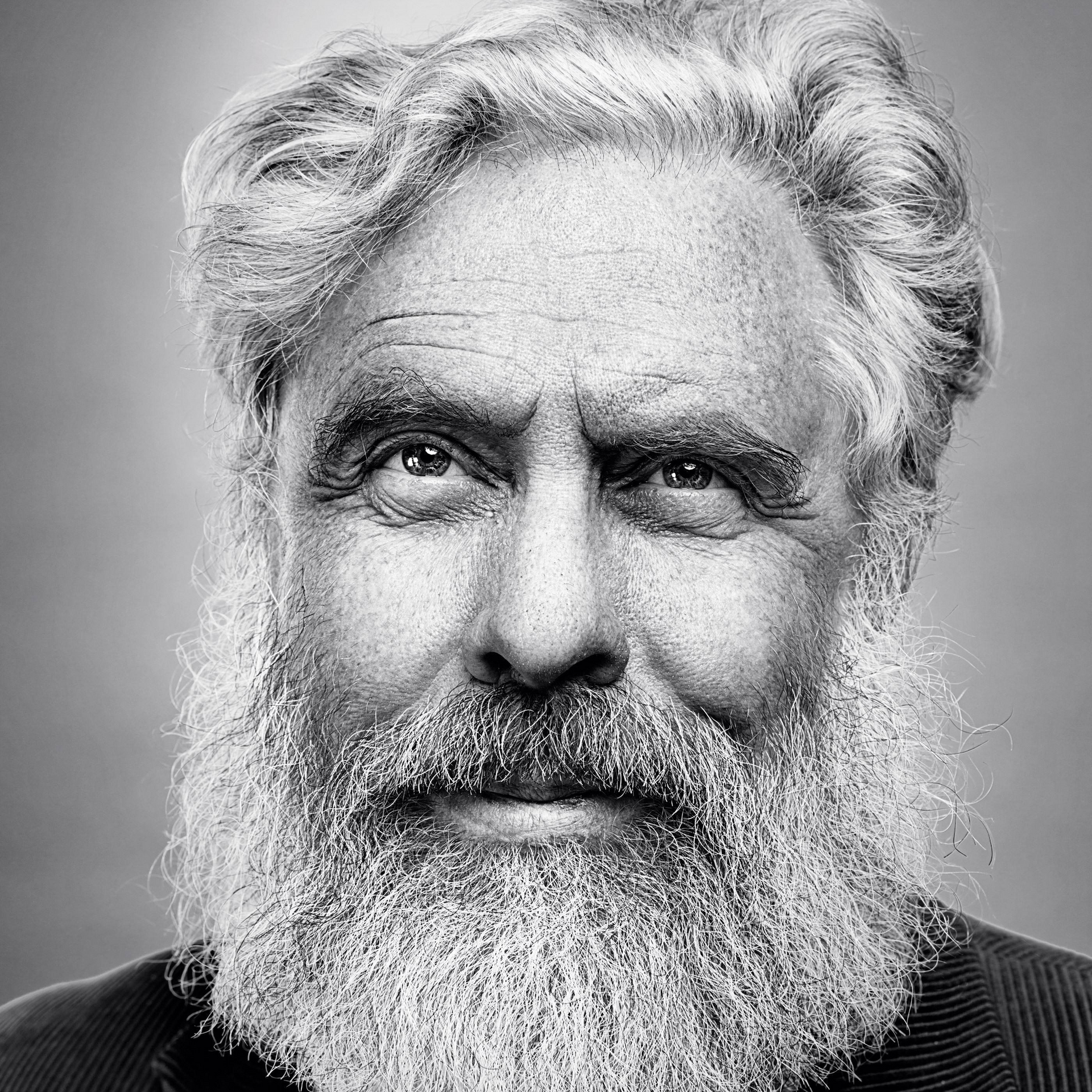Dr. George Church, a renowned geneticist and professor at Harvard Medical School, is widely recognized as a pioneer in genomics and synthetic biology. Born in 1954, Church has made significant contributions to the field of genetics, including his involvement in initiating the Human Genome Project and developing innovative technologies for DNA sequencing and genome engineering.
Early Life and Adoption
George McDonald Church was born on August 28, 1954, at MacDill Air Force Base near Tampa Bay, Florida. His biological parents were Virginia Anne Strong and Henry Stewart McDonald III, who was a lieutenant in the United States Air Force[1]. Church's early life was marked by multiple adoptions, shaping his unique upbringing.
At the age of three, Church was put up for adoption and taken in by Peyton Jordan. However, this arrangement was not permanent, as he was again put up for adoption in 1963 when he was nine years old. This time, Gaylord Church adopted and raised him[1].
Despite the challenges of his early life, Church displayed a remarkable curiosity and intellect from a young age. He spent much of his childhood engrossed in reading, constantly seeking answers to questions about the world around him. Church was particularly fascinated by insects, often rushing to the library to learn more about their metamorphoses after observing them change[1].
Church's interest in technology also manifested early. In an era before home computers were widely available, he managed to build a functional home computer at the age of ten in 1964[1]. This early exposure to technology and his innate curiosity would later play a significant role in his scientific career.
For his high school education, Church attended Phillips Academy in Andover, Massachusetts, graduating in 1972. During his time there, he demonstrated his aptitude for computer science by mastering multiple programming languages that researchers had only recently invented[1].
Church's early life experiences, marked by adoption and a thirst for knowledge, laid the foundation for his future as a pioneering geneticist. His ability to adapt to changing circumstances and his relentless pursuit of understanding would become hallmarks of his scientific career.
Pioneering Genomic Sequencing
George Church made groundbreaking contributions to genomic sequencing that revolutionized the field of genetics. In 1984, Church and Walter Gilbert published the first direct genomic sequencing method, which laid the foundation for modern sequencing technologies[1][2]. This innovative approach involved cyclic application of fluids to a solid phase alternating with imaging, while avoiding bacterial cloning - strategies that are still utilized in current dominant Next-Generation Sequencing technologies[1].
Church's work on genomic sequencing continued to advance the field. In 1994, technology transfer from his Harvard laboratory to Genome Therapeutics Corp. resulted in the sequencing of the first bacterial genome and the first commercial genome, that of the human pathogen Helicobacter pylori[1][4]. This achievement demonstrated the practical applications of genomic sequencing in understanding human diseases.
In 1995, Church co-invented nanopore sequencing, a technology that has since become commercially available through companies like Oxford Nanopore Technologies[1]. While the current commercial form differs from Church's original contribution to the patents, this invention significantly impacted the development of portable and real-time DNA sequencing devices.
Church's pioneering work extended beyond developing sequencing methods. He also invented broadly applied concepts such as molecular multiplexing and barcode tags, which have become essential tools in genomic research[1][2]. These innovations have enabled researchers to analyze multiple DNA sequences simultaneously, greatly increasing the efficiency and scale of genomic studies.
The impact of Church's sequencing innovations is evident in his personal achievements as well. His genome was the fifth whole human genome ever sequenced, highlighting the rapid progress made in the field due to his contributions[1]. Furthermore, Church became the first person to make his medical records and genome publicly available to researchers, setting a precedent for open access in genomic research[1].
Church's work in genomic sequencing has not only advanced scientific understanding but also paved the way for practical applications in medicine and biotechnology. His innovations have been instrumental in reducing the cost and increasing the speed of genome sequencing, making it more accessible for research and clinical use[5].

Brief Description: George McDonald Church is a renowned geneticist, chemist, molecular engineer, serial entrepreneur, and a leading figure in personal genomics and synthetic biology.
Date of Birth: August 28, 1954
Primary Institutions: Harvard Medical School, Harvard University, Massachusetts Institute of Technology
Notable Contributions: Pioneer in synthetic biology and personal genomics, Woolly Mammoth Revival Project
Co-founded Biotech Companies: Around 50 biotech companies, including 16 spun off from his Harvard lab in 2018
Key Research Areas: Developmental biology, neurobiology, gene therapy, diagnostics, chemistry & bioengineering, space biology & genetics
Awards: Member of the National Academy of Sciences (2011), Franklin Institute Bower Prize for Achievement in Science (2011), Time 100 most influential people in the world (2017)
Founding the Human Genome Project
George Church played a pivotal role in initiating the Human Genome Project, a landmark scientific endeavor that revolutionized genetics and molecular biology. In 1984, while working as a research scientist at the newly formed Biogen Inc., Church helped launch the project that would eventually sequence the entire human genome[1][3].
The Human Genome Project officially began in 1990 and was a massive undertaking, costing $3 billion in federal funding[1]. This ambitious project aimed to determine the sequence of the human genome and identify and map all human genes. Church's early involvement was crucial in setting the foundation for this monumental task.
Church's contributions to the project were multifaceted. He developed the first direct genomic sequencing method in 1984, which was instrumental in making the Human Genome Project feasible[3][4]. This method, along with other technologies he invented such as molecular multiplexing and tags, homologous recombination methods, and DNA array synthesizers, significantly advanced the field of genomics and accelerated the progress of the project[3].
The impact of the Human Genome Project has been far-reaching. By 2004, the total stock market value of the genomics sector had grown to $28 billion, demonstrating the project's significant economic impact[1]. More importantly, it laid the groundwork for the genomic and biotechnology revolution that followed, enabling numerous scientific advancements and medical breakthroughs.
Church's involvement in the Human Genome Project exemplifies the power of public-private partnerships in driving scientific progress. His work at Biogen, a private company, in initiating the project, which was later funded by the government, showcases how collaboration between academia, industry, and government can lead to transformative scientific achievements[1].
Following the success of the Human Genome Project, Church continued to push the boundaries of genomics research. In 2005, he initiated the Personal Genome Project, which aimed to sequence and publicize the complete genomes and medical records of 100,000 volunteers[1][2]. This project further expanded the scope of genomic research and its potential applications in personalized medicine.
Church's foundational work on the Human Genome Project and his subsequent contributions to genomics have earned him recognition as one of the founding fathers of genomics[2]. His visionary approach and technical innovations have been instrumental in shaping the field of genetics and continue to influence its direction today.













Member discussion